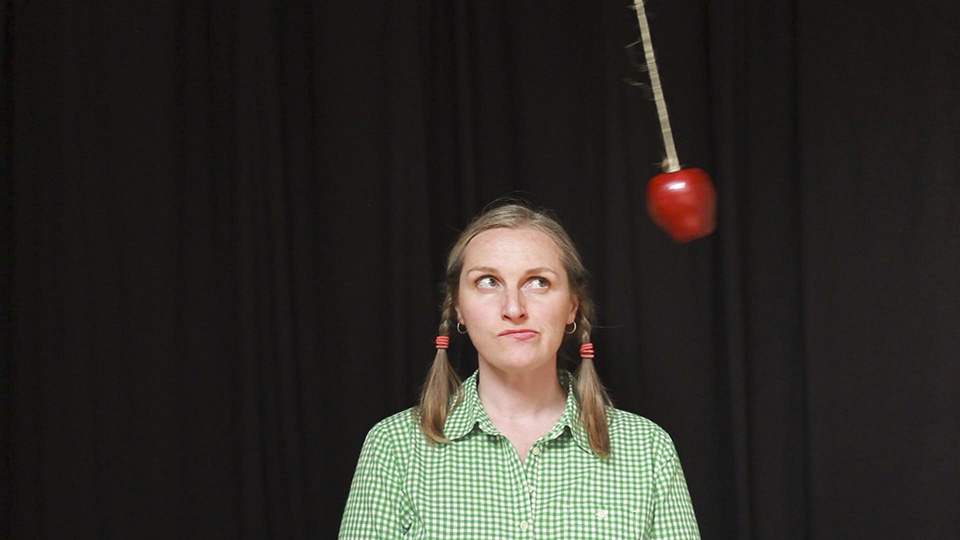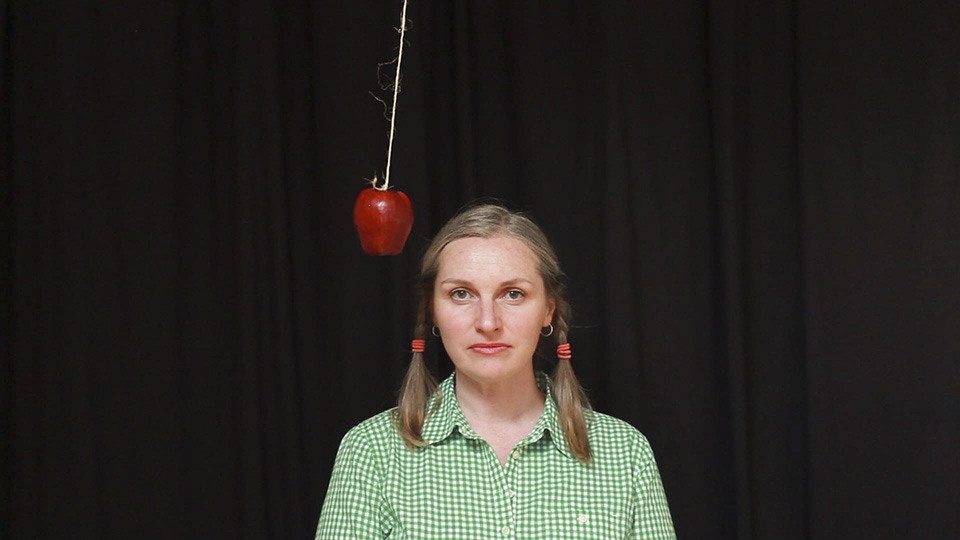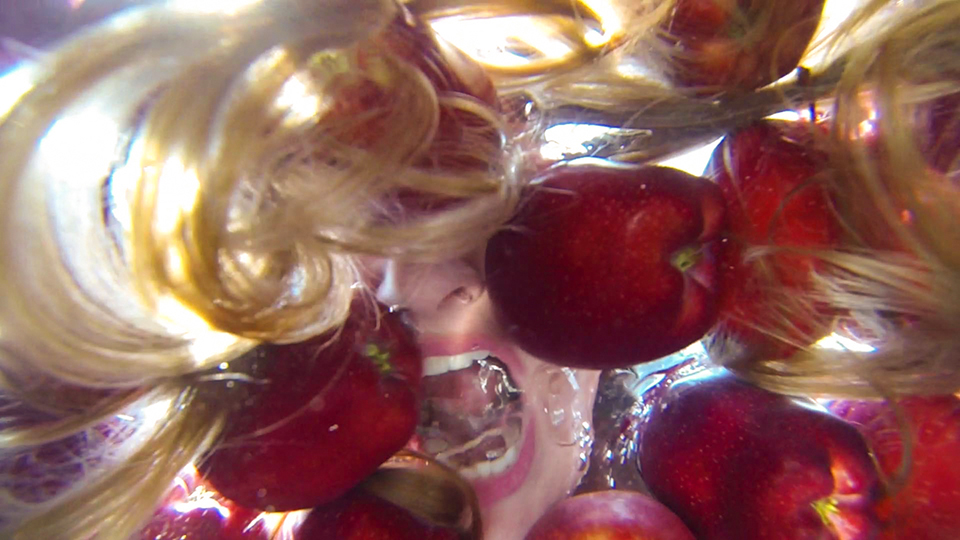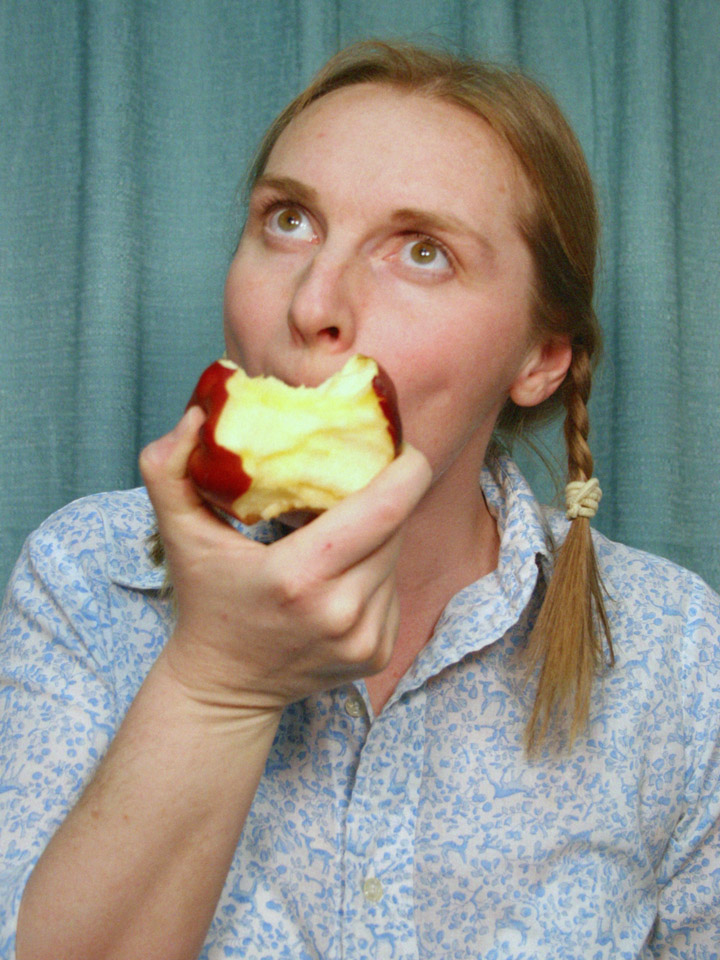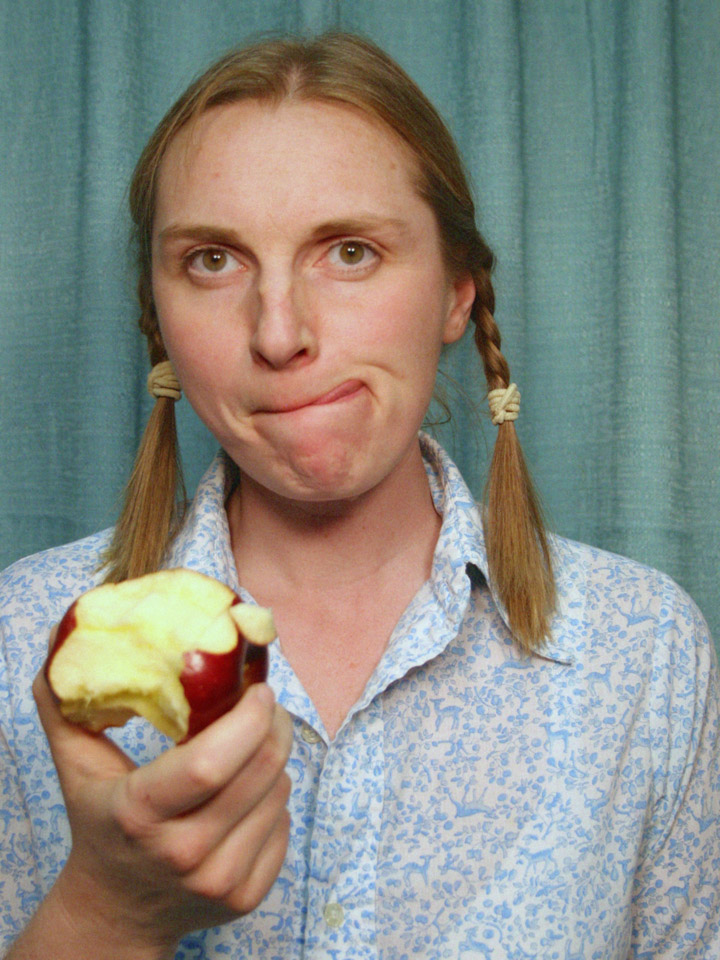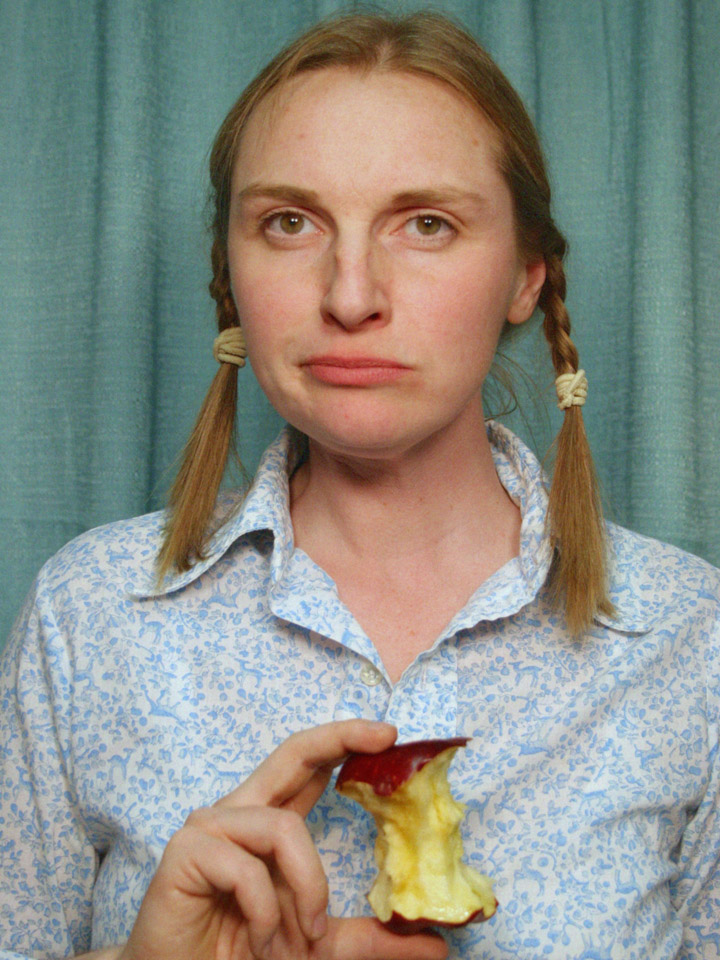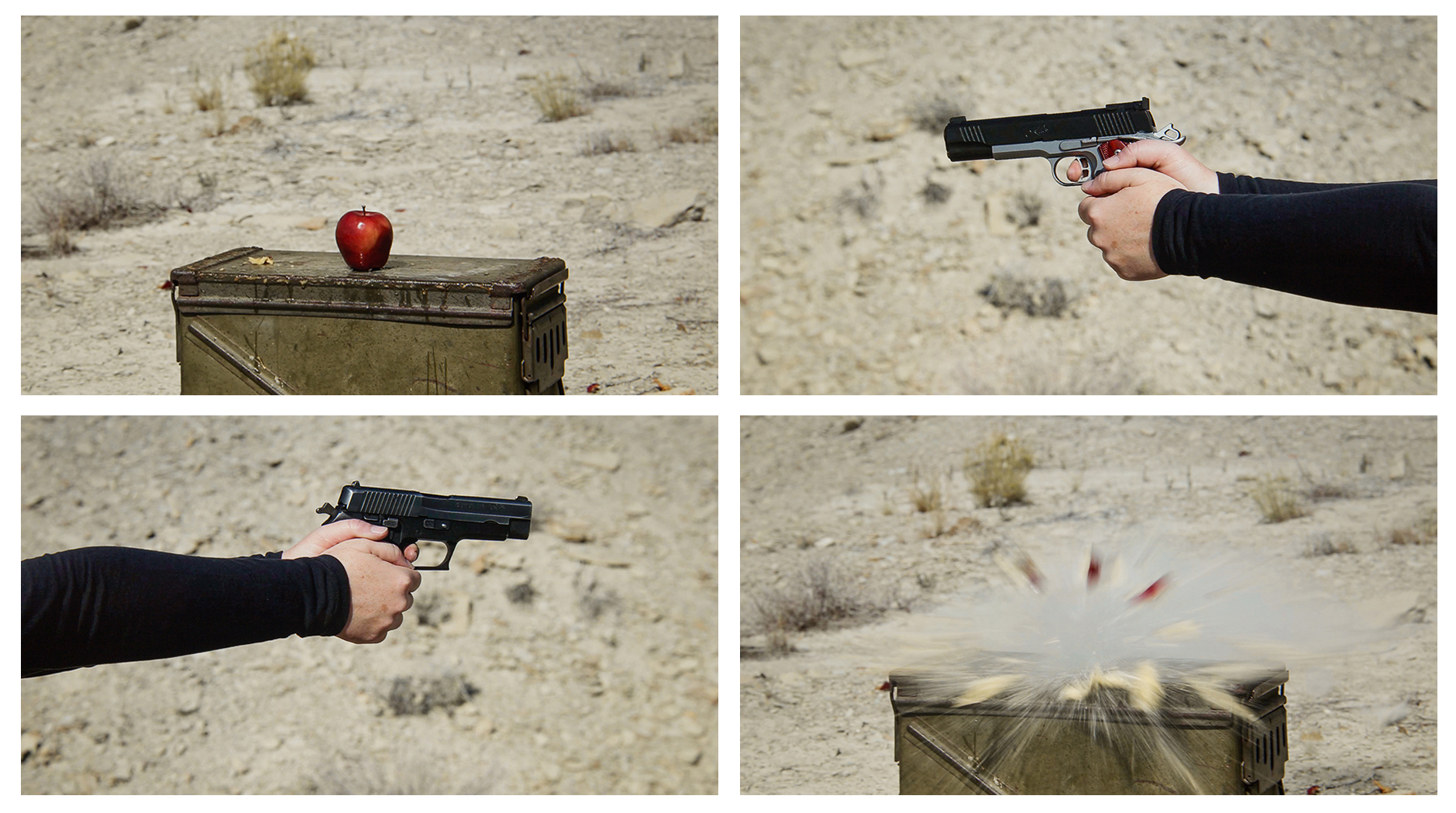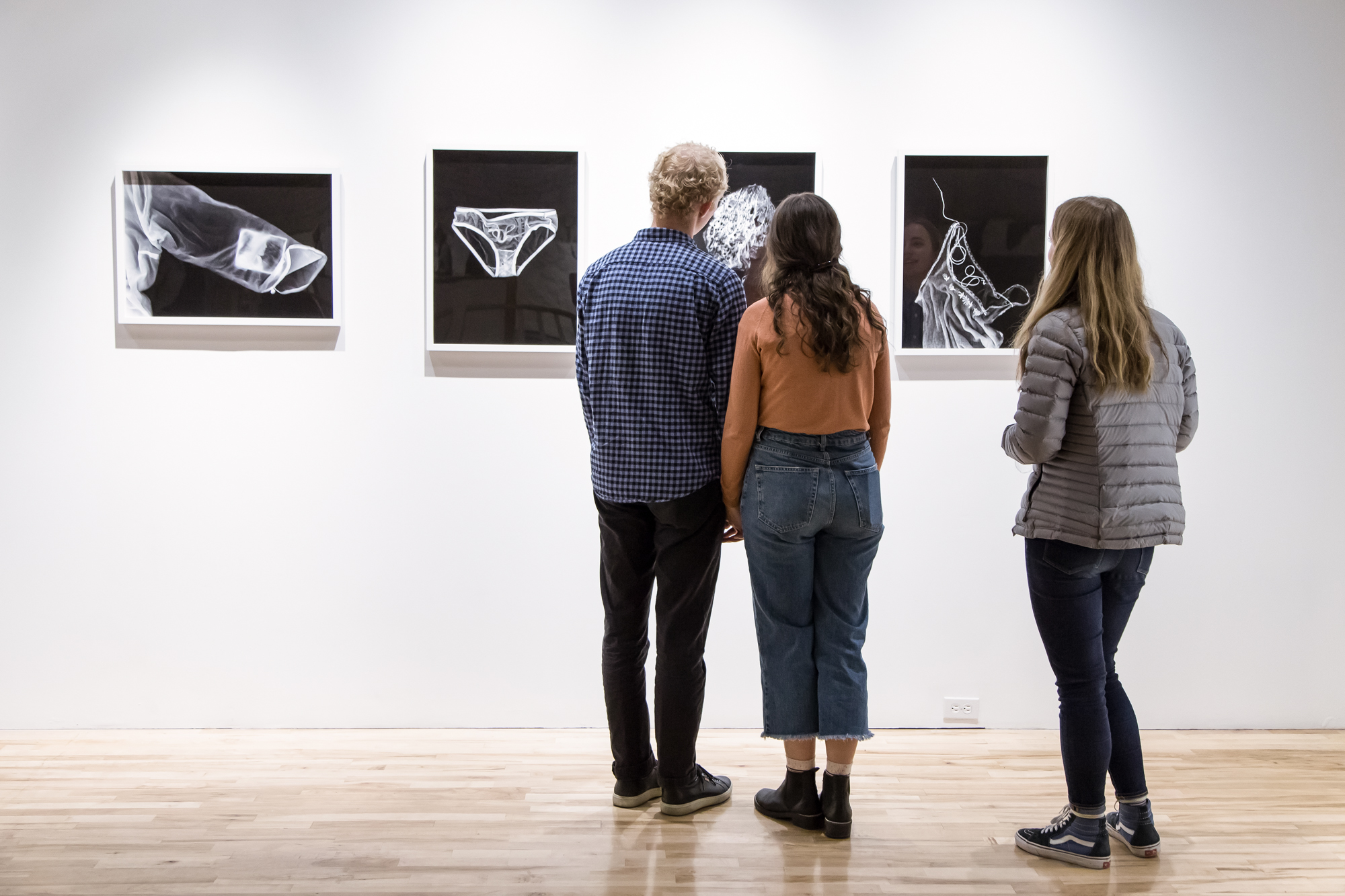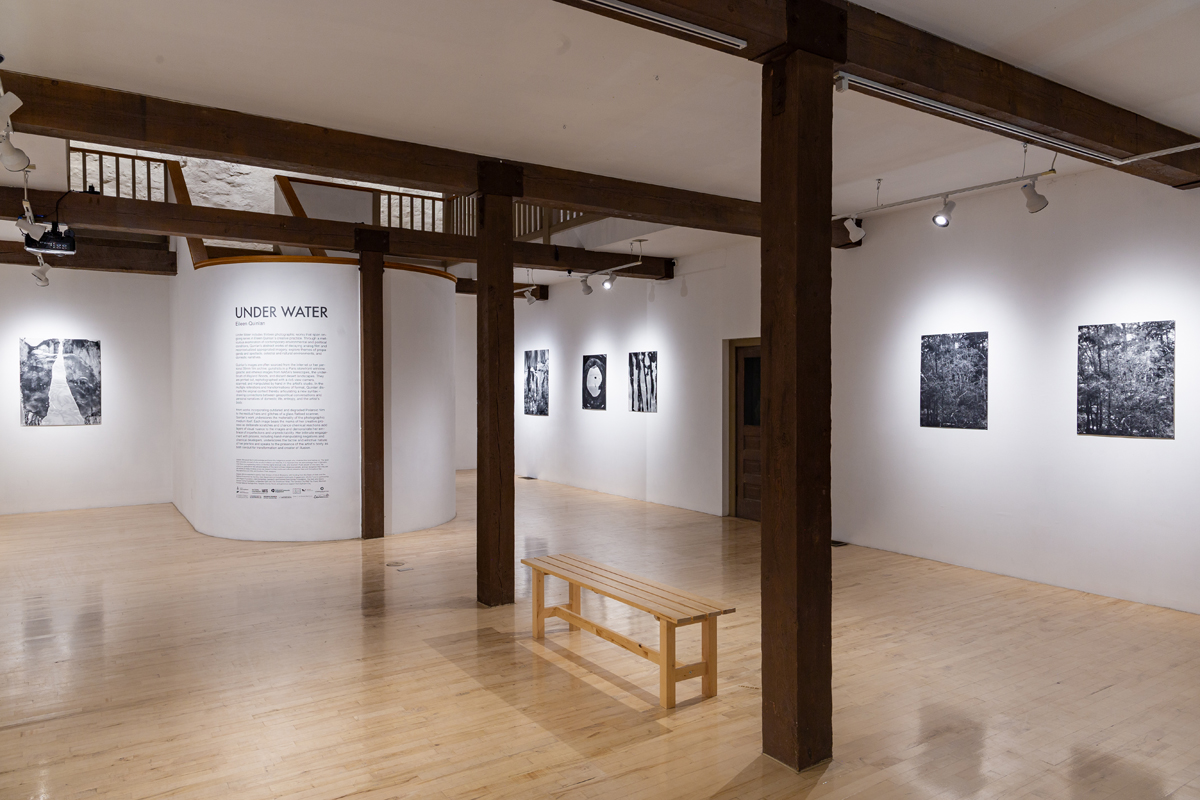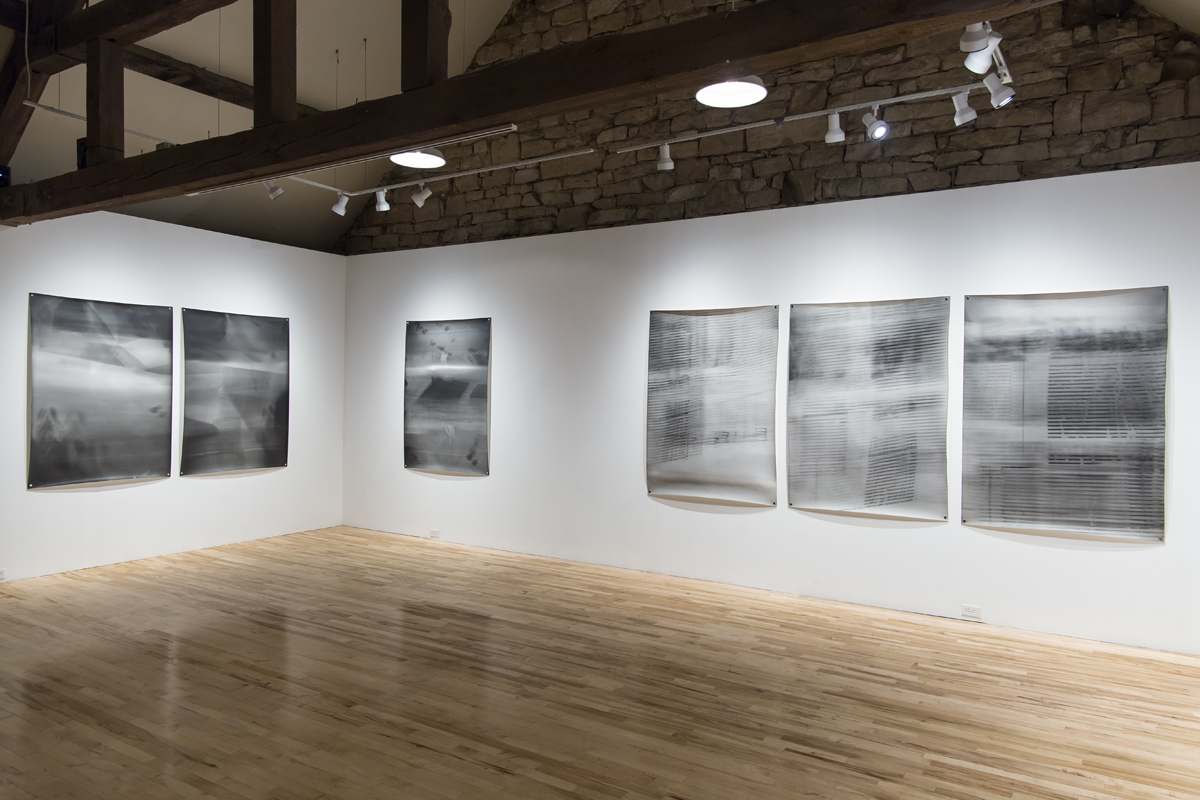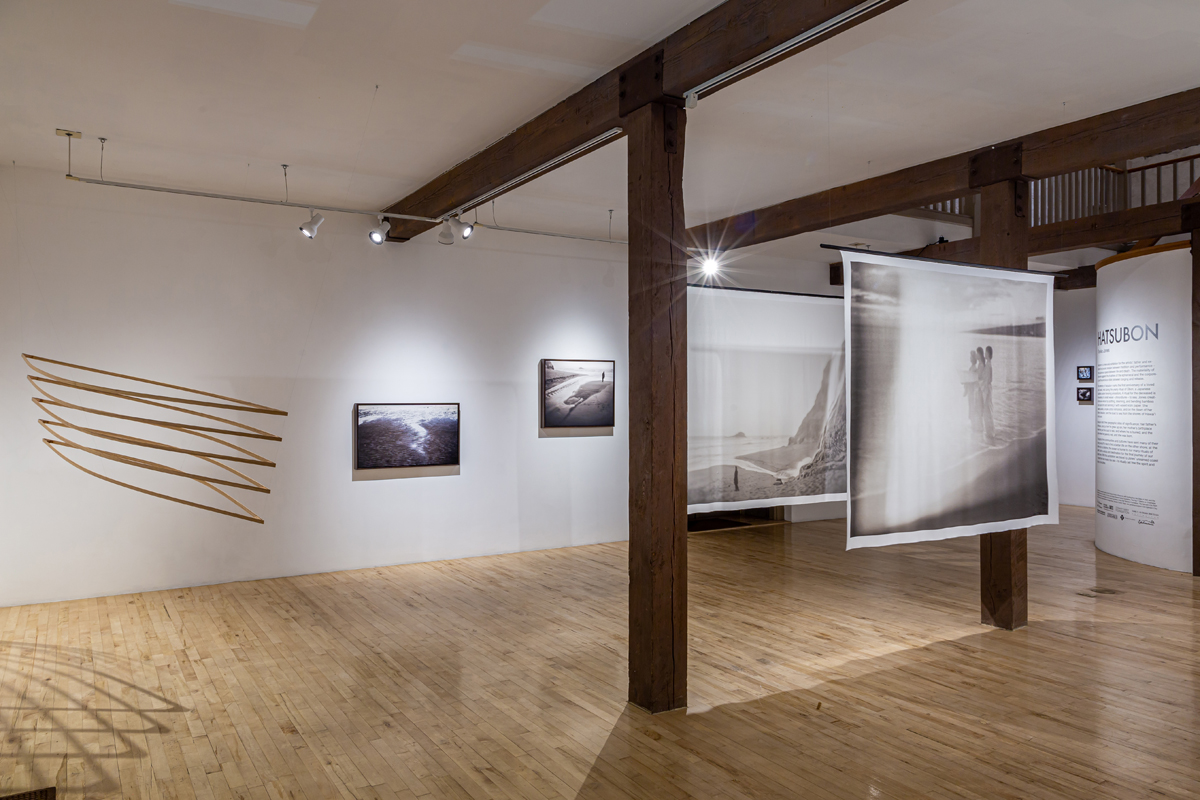Photography Educator: Amy Jorgensen
Photography Educator is a new monthly series on Lenscratch. Once a month, we celebrate a dedicated photography teacher by sharing their insights, strategies and excellence in inspiring students of all ages. These educators play a transformative role in student development, acting as mentors and guides who create environments where students feel valued and supported, fostering confidence and resilience. By encouraging exploration and critical thinking, these teachers empower students to pursue their passions and overcome challenges.
Amy Jorgensen is a dynamic presence in the art world, recognized for her extensive contributions as an artist, educator, curator and arts center director. I had the pleasure of meeting Amy at a workshop nearly ten years ago, and since then, I have witnessed her profound impact across various artistic platforms.
In her role as an educator, Amy serves as the Chair of Visual Arts and head of Photography at Snow College in Ephraim, Utah. Her curriculum is diverse and engaging, offering courses such as Land & Place, Portraits & Selfies, Professional Practices, and Experiments in Creative Thinking. Amy’s commitment to fostering artistic growth is evident in her founding of Art Talks, a program that brings over 20 visiting artists to the college annually. Amy is also the Executive Director and Chief Curator at Granary Arts.
Every time I have a conversation with Amy, I experience a reaffirmation of art’s profound impact on our lives. Her insights remind me of how art not only enriches our personal experiences but also fosters emotional connections and encourages us to explore new perspectives. Through our discussions, I am constantly reminded of art’s ability to unite, provoke thought and inspire change.
ES: How and why did you get into teaching?
AJ: Teaching found me. As a young person in art school, I really hadn’t thought about being a teacher, at the time it wasn’t on my radar. Once I got to graduate school at University of California, San Diego I started working as a teaching assistant, and after graduating they invited me to continue as a lecturer. One opportunity led to another, and I eventually moved to rural Utah where I founded the photography program at Snow College. I suppose it was a natural fit as I’m a third generation Professor – my mother, grandmothers, and grandfather were all educators.
ES: What keeps you teaching?
AJ: What I love most about teaching is the long view of mentorship – relationships that begin as student/teacher evolve over many years into friendships, professional colleagues, and ultimately creative communities. When I work with students in my classroom, it’s a relatively short window of time in their lives – and it’s exciting to watch them become part of the larger arts ecosystem that as creatives we all engage in. I enjoy the cultivation of deep networks that move beyond the more formal structure of a classroom, when students eventually become artists and collaborators.
ES: Describe a meaningful anecdote(s) that you had with a student.
AJ: In January my mother died, and after the funeral my cousin grabbed me and said he had an enlarger he wanted to give away . (As a photography teacher, people often bring me equipment to rehome.) Wrapped up in black plastic garbage bags, and under the cover of misting rain, we loaded up the enlarger into the back of my trunk. For all sorts of uninteresting reasons, it stayed in the back of my car for another 9 months until I ran into Tony at an art opening. Tony was a previous student who had graduated in music and had taken a few photo classes. He is now teaching at the high school in his hometown of Green River, UT (population 876). He is both the music and art teacher and started a black and white photography class in a small corner room with one enlarger and no running water. In rural towns, it’s common to wear many hats. As a believer in the reciprocity of timing – books, objects, people finding you at the right moment – of course, the enlarger was destined for Tony. He stopped by my office last week to give me an update and say hello. He asked questions about setting up the darkroom, chemistry, the zone system, and brought a silver gelatin print along with him. This was a full-circle teacher moment. Tony’s out there in the desert landscape of the Book Cliffs teaching himself how to shoot 4×5 and rigging up a darkroom to teach the next generation of analog photography students in rural Utah. If you have an enlarger you need to rehome, send it to Tony.
ES: Has your personal work been affected by your teaching experience? How?
AJ: Teaching takes an incredible amount of emotional energy; you give a lot. So, I like to maintain a clear delineation between my personal creative work and the teaching I do in the classroom, this way I have enough room for both. However, having said that, the things I’ve learned through my personal and professional creative work deeply impact my teaching. A lot of the work I do in arts administration and curating I bring back to the classroom. It’s the knowledge area that was completely missing when I was a young student. I learned how to make things and think about things, but didn’t have a clue how to get those things into the world. Institutions have become much better at teaching this skill set, but I like to integrate it into all my classes on some level. To live a creative life, you need be able to make good art, but you also need to understand the economies and systems that drive it.
ES: Tell us about Granary Arts and the inspiration behind it.
AJ: In 2012, a long-time friend, Kelly Brooks, and I co-founded a new non-profit art space in the historic Ephraim granary building. As local residents, artists, and teachers, we believed that a contemporary art space could be a creative driving force, educational resource, and frequented gathering place by making visual art engaging and accessible to our rural community. A labor of love in the truest sense, Granary Arts emerged from the desire to build a creative community in the place we call home. Today, we provide access to art through exhibitions, education workshops, artist fellowships, publications, and a spectrum of public events serving a community of just over 290,000 visitors every year through on-site and virtual programming. Recognized nationally and internationally for our initiatives, Granary Arts remains dedicated to our rural roots as we reach out to the global art collective. Our slogan is #ruralisradical and foundational to my curatorial approach is the notion that what is relevant to our place here is also relevant to your place there.
ES: What are your challenges?
AJ: Time. I have more ideas than I will ever have time to complete, the list of potential projects is long. And I find that time is becoming more precious, it’s the resource you can’t get back (all the clichés are true). I feel an urgency to be singularly intentional and select projects that resonate deeply. There are many artists I’d like to work with and ideas I’d like to see completed in the physical world…Time is the challenge.
ES: As an artist, educator, curator and director you juggle many balls – how do you find balance and keep all the balls moving?
AJ: Indeed, there are a thousand points of organization that must coalesce to keep everything moving forward. And I’ve never subscribed to the notion of balance, when you take on significant projects you need to be all in. However, I have learned over time, that these multiple roles have merged into one identity. I no longer separate my teaching self from my curator self, etc. Each role deeply informs the others – and I have a stronger creative practice because I am also an educator and curator and director. This unique position gives me a more holistic view of the arts ecosystem and I’m able to share that comprehensive knowledge with my students.
ES: What advice would you give to photography students?
AJ: As an artist and educator, I find myself repeating certain things over and over. These are the ideas in which I ground my creative and organizational practice. And these are the ideas I cultivate into assignments which turn into projects which turn into artworks which turn into artists.
- Don’t be a student. Students work for grades and approval within systems. Free yourself from the mindset of the student identity. Every assignment has the potential to turn into a life-long project. Work for yourself.
- Work your chops. Learn the technical skill set and language of your medium.
- Assignments are a departure point. They are works of art and experiences not yet made. Give them weight and use them as a springboard to take you further.
- Build a safe space in which to create work: your environment, your studio, your community, your peers.
- Take risks. Understand your boundaries and reach beyond your safety zone, your creative life depends on it.
- Cultivate your inner weirdo. The conformity of normal is vast, what is normal anyway?
- Be a professional. Meet deadlines, stay on budget, don’t promise what you can’t deliver. Do what you promised.
- Be proactive. If you are not getting what you need, ask for it. Opportunity is everywhere, it’s up to you to act on it.
- Start a conversation. You never know who is sitting next to you.
- Express gratitude. No one gets anywhere alone. Recognize those who are generous and thank those who share their knowledge, strangers and friends alike.
- Sleep. Hug a dog.
- Be the prophet of your own work. Believe in what you are doing. others will follow your confidence.
Jorgensen is an interdisciplinary artist whose diverse practice involves creating conceptual, immersive works that blend photography, performance and video. In the realization of her work, she mines historical and contemporary perspectives to explore alternate and intersecting narratives of the body, desire, violence and power.

©Amy Jorgensen, Well Behaved Women, video still #2, 2014 A conversation between Eliza Doolittle and Laurel Thatcher Ulrich.
Granary Arts
Selection of Curatorial Projects
About Amy
Amy Jorgensen is the Executive Director, Chief Curator, and cofounder of Granary Arts. With the vision of supporting long-term engagement between artists and communities, she has curated over ninety exhibitions of artists working in contemporary art and produced companion exhibition catalogues. In addition to developing a spectrum of cultural and educational programming, she launched the Granary Arts Fellows program, Film Feast, the Curator’s Workshop, and the initiative Critical Ground which explores the impact of art criticism hierarchies and the democratization of art critique. Dedicated to the arts as a maker, facilitator and educator, Jorgensen was recently honored as one of Utah’s Most Influential Artists. In 2019 she organized and cocurated the museum portfolio and exhibition DE|MARCATION A Survey of Contemporary Photography in Utah, the first comprehensive look at the state of photographic practice in the region.
Jorgensen is an interdisciplinary artist whose diverse practice involves creating conceptual, immersive works that blend photography, performance and video. In the realization of her work, she mines historical and contemporary perspectives to explore alternate and intersecting narratives of the body, desire, violence and power. With recent solo exhibitions at LA><Art in Los Angeles, Elizabeth Houston Gallery in NYC, Utah Museum of Contemporary Art, and Nox Contemporary, Jorgensen’s selected exhibitions include FAIR the first all-women art fair during Miami Art Week, GuatePhoto Festival in Guatemala City, Los Angeles Contemporary Exhibitions (LACE), Oceanside Museum of Art, AIPAD in NYC, Museum of Art at BYU, The Situation Room in Los Angeles, Center for Fine Art Photography, Filter Space in Chicago, CUAC, and Video Space. She is a recipient of multiple fellowships and grants including a GSA grant and an Individual Artist Grant from the Utah Arts Council, and her work is included in public and private collections. She and her work have been featured in Artnet News, HuffPost, New York Arts Magazine, HyperAllergic, Fraction, Aint-Bad, Don’t Take Pictures, Katalog, At Length Magazine, Strange Fire Collective, Dialogue, Lenscratch and the documentary Work To Do. As guest editor of “The States Project” for Lenscratch, she authored six feature articles highlighting work by contemporary artists from Utah and was the editor of DE|MARCATION with an introduction by Charlotte Cotton.
She is an Associate Professor and Chair of Visual Arts at Snow College where she is head of Photography and Media, a member of the Board of Directors for the Utah Arts Council, and Chair of the Acquisition Committee for the State of Utah Allice Merrill Horne Art Collection. Born in Milan, Italy, she received a BFA from the School of the Museum of Fine Arts, Boston and Tufts University, and an MFA from the University of California San Diego. Jorgensen lives and works remotely in the high plains desert of Utah, and wholeheartedly embraces the practice of building the community you want to be part of.
Websites: www.amyjorgensen.com, www.granaryarts.org
Instagram: @amyjorgensenstudio, @granaryarts
Exhibitions:
Connected to the Land / Curated by Amy Jorgensen
Artists: Odette England, Ray Farmer, Carly Jakins, Jane Roberts Degroff, Elizabeth Stone, Elpitha Tsoutsounakis
October 9, 2024 – January 17, 2025 at Granary Arts
Connected to the Land brings together six women artists whose work explores the deep
connections between land, memory, and creative labor. Through diverse artistic practices, these
works highlight the voices of rural women whose roles as creators and custodians of cultural
traditions are intimately tied to identity, materials, and the landscapes they inhabit.
Elizabeth Stone is a Montana-based visual artist exploring potent themes of memory and time deeply rooted within the ambiguity of photography. Stone’s work has been exhibited and is held in collections including the Museum of Fine Arts, Houston, TX, Center for Creative Photography, Tucson, AZ, Cassilhaus, Chapel Hill, NC, Candela Collection, Richmond, VA, Archive 192, NYC, NY, Nevada Museum of Art Special Collections Library, Reno, NV. Fellowships include Cassilhaus, Ucross Foundation, Jentel Arts, the National Park Service and the Virginia Center for the Creative Arts through the Montana Fellowship award from the LEAW Foundation (2019). Recent awards include the Arthur Griffin Award (2024), the inaugural Critical Mass Archive 192 Award (2023) and the Photolucida Critical Mass Top 50 (2022). Process drives Stone’s work as she continues to push and pull at the edge of what defines and how we see the photograph.
Website
Posts on Lenscratch may not be reproduced without the permission of the Lenscratch staff and the photographer.
Recommended
-
Salua Ares: Absense as FormNovember 29th, 2025
-
Ricardo Miguel Hernández: When the memory turns to dust and Beyond PainNovember 28th, 2025
-
Pamela Landau Connolly: Columbus DriveNovember 26th, 2025
-
KELIY ANDERSON-STALEY: Wilderness No longer at the Edge of ThingsNovember 19th, 2025
-
Jackie Mulder: Thought TrailsNovember 18th, 2025


